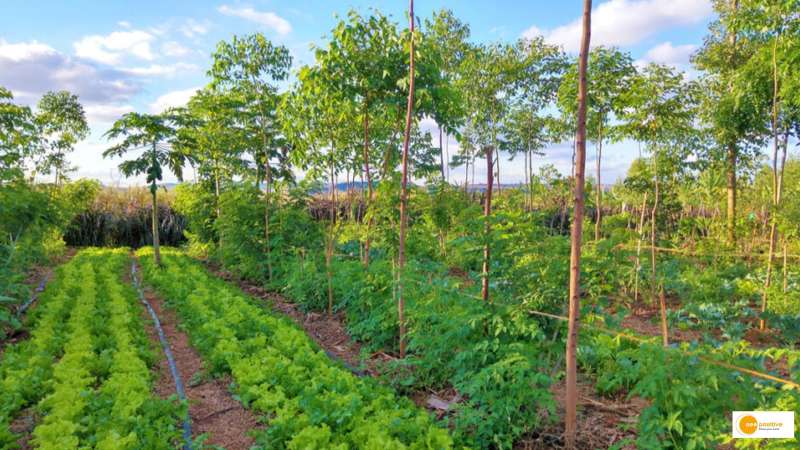

Introduction
Agroforestry refers to any large area where both pasture and agriculture are practiced along with the growth of plants and the culture of animals. This combination of agriculture and forestry has several benefits enhancing the soil quality and yield of crops and helping the livelihood of farmers to help earn their livelihood. It also increases biodiversity, and reduces soil erosion and carbon sequestration (the process of storing carbon in a carbon pool). Since, agroforestry consists of both flora and fauna, the products that they produce are very useful to boost the economic and practical value.
History
Agroforestry was officially chalked out in the early 20th century as an answer to reduce the destructive erosion of soil by an American economic geographer J. Russell Smith. Though Smith’s initiatives were highly overlooked during the green revolution, the culture again saw the light of day from 1977 onwards.
In India, the National Agroforestry Policy was launched by the Government of India, and designed to improve agricultural health by maximizing its productivity and the longevity of the land. Though agroforestry is reported to originate during the Neolithic age, Indians consider the Ashok Vatika, a garden in the Hindu epic of Ramayana, an example of agroforestry. Even today there are a lot of holy rituals related to animals and trees here.
Benefits of Agroforestry
Agroforestry helps the ecology in various ways. From biodiversity to helping sustainable agriculture, agroforestry can be advantageous over conventional methods of agriculture and forest production and strengthen environmental resilience. It can increase social sustainability meeting human needs and yet fostering environmental health.
Agroforestry is an intentional mixing of trees and shrubs into animal and crop production to create environmental, economic, and social benefits. But adapting to climate change requires a specific and comprehensive approach to it. Agroforestry being a woody plant-based technique adds functional diversity at various scales.
Agroforestry can turn barren land into carbon sinks making them useful again for growing crops. Increasing crop yield also generates more fodder for livestock. It also controls the water cycle and prevents pests or weeds.
As heat loss through infiltration is a major problem faced by farmers, the practice of agroforestry can help to reduce the amount of energy needed to heat confinement buildings.
Many times, farmers face extremes of weather conditions like heat or cold which affects the availability of water. Agroforestry helps the restoration of groundwater levels which makes sure that water is available for farming even during scarcity.
Conclusion
Currently, 13,5 million hectares of land are under the practice of agroforestry which is targeted to grow further in the coming years. The government needs to make farmers understand the importance of agroforestry. They can provide incentives to those who are practicing it as it is important to maintain the ecological balance on the planet.
Providing them with advanced training and learning will also help them understand the importance of agroforestry as it has proven to be a sustainable and scientific way of farming.


